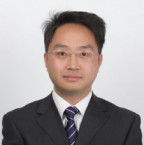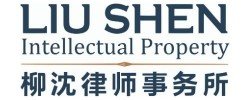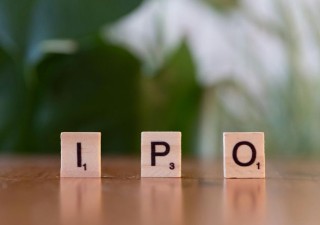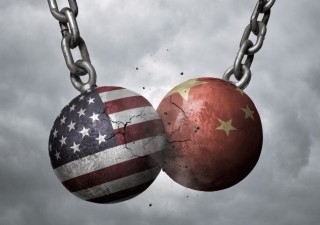Sufficient disclosure of an invention is required under the Patent Law of China. According to Article 26, Clause 3 of the law, “the description shall set forth the invention or the utility model in a manner sufficiently clear and complete so as to enable a person skilled in the relevant field of technology to carry it out.” Insufficient disclosure may result in the rejection of granting a patent application and even invalidation of a granted patent in China.
Apple “Siri” Defensive Case in China
In June 2012, Shanghai Zhizhen Network Technology Co. initiated a patent infringement lawsuit before the Shanghai First Intermediate Court, alleging that Apple Inc’s “Siri” had infringed its patent ZL200410053749.9, titled “a chat robot system” (known as “Xiao i Robot”). As a defensive measurement, Apple requested the Chinese Patent Reexamination Board (PRB) to invalidate the “Xiao i Robot” patent on the grounds of insufficient disclosure of the invention.
After failure in the invalidation procedure at the PRB and then in the first trial at the Beijing First Intermediate Court, Apple finally won in the second (final) trial of the invalidation case at the Beijing High Court. In April 2015, the Beijing High Court revoked the previous judgment made by the Beijing First Intermediate Court and ordered the PRB to remake its invalidation decision. Accordingly, the Shanghai First Intermediate Court made its verdict rejecting Shanghai Zhizhen’s infringement request in April 2016 in view of the judgment on the invalidation dispute made by the Beijing High Court.
During the prosecution of the Xiao i Robot patent, the applicant amended Claim 1 and argued for the inventiveness that the query server and the game server were distinct features from the prior art. In this regard, the Beijing High Court reasoned that a game function was an essential function of the chat robot system of Claim 1; however, the description only describes a game server and an idea of fulfilling an interactive game, but does not describe how the game server communicates and interacts with other components of the chat robot, and the solution disclosed by the description cannot realize the transmission of language or sentence relating to games processed by a filter to the game server. Finally, the Beijing High Court concluded that the description of the Xiao i Robot patent did not give sufficient disclosure of the solution of Claim 1.
According to the Beijing High Court, to meet the requirement of sufficient disclosure of the description, the contents or information, which can be determined by a person skilled in the art according to the description, shall be sufficiently enough, or shall provide at least a direction that is clear enough to facilitate a person skilled in the art to obtain the associated prior arts hereby to implement the solution.
Insufficient disclosure of the description of an invention has been a severe defect which is very hard to be overcome after the filing of an application. Generally, it is not practical to overcome the insufficient disclosure defect by making an amendment to the application because such amendment is considered inevitably as going beyond the recording of the original specification and claims, which is not allowed under the Chinese Patent Law. Therefore, it is very important to draft the description that is sufficient for those skilled in the art to carry out the invention, especially for those critical technical features which distinguish the invention from the prior art.
It is unwise to save the critical part of the invention as “know-how” by the applicant since it increases greatly the risk of being rejected as insufficient disclosure of the invention and could be invalidated by the PRB even after the granting, like the above-mentioned Xiao i Robot patent. To provide a sufficient disclosure of the invention, it is advised that the description shall provide embodiments as many as possible, give feasible technical means instead of only a task and/or an assumption, describe the technical means clearly, list the technical effects, and provide experiment evidences for the solution if necessary.
After the filing of an application, if the issue of insufficient disclosure is proposed by the examiner in an office action, usually it is feasible to argue that the description itself has made sufficient disclosure or those skilled in the art can implement non-disclosed portions based on the prior art known to them and/or by making simple and limited times of experiments after reading the disclosures of the description. Sometimes it helps to submit prior art documents as support materials of what has been known to those skilled in the art. However, the applicant should be very cautious to avoid the admission of the non-disclosed part of a critical feature of the invention belonging to the prior art or belonging to the common knowledge in the art. Otherwise, it may result in the self-admission of no inventiveness of the invention.
Conclusion
To fulfill the requirement of sufficient disclosure of an invention of an application in China, it is most important and fundamental to describe in detail a claimed solution of an invention in the description when drafting the application document before filing. After filing of the application, the applicant may try to make arguments and provide evidence of the prior art if necessary.










